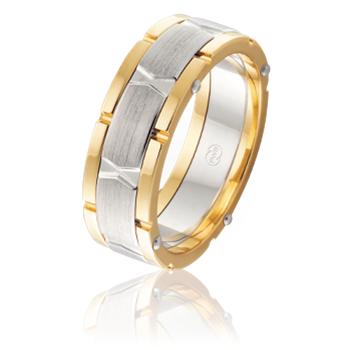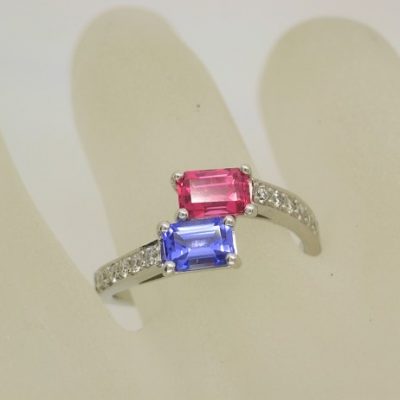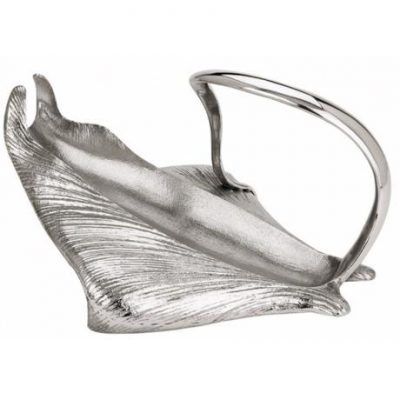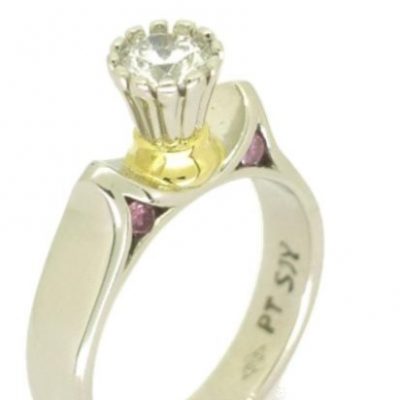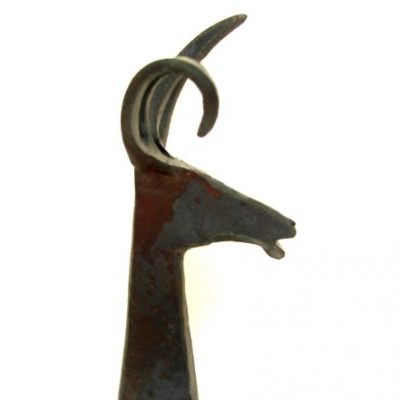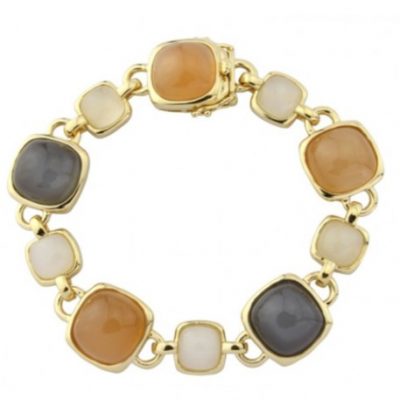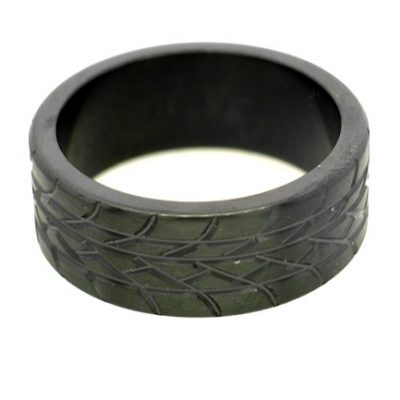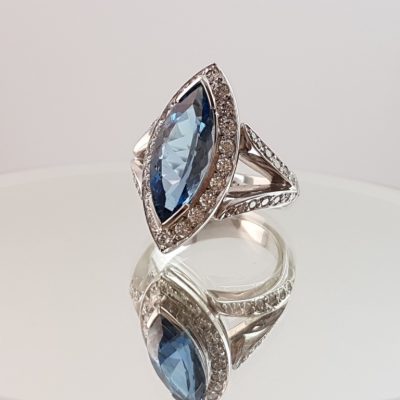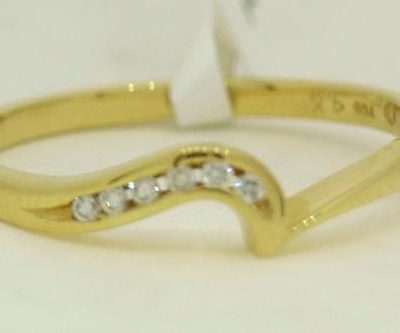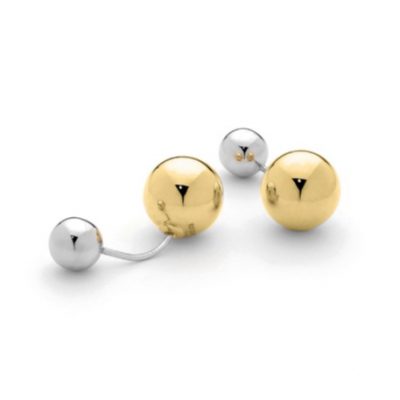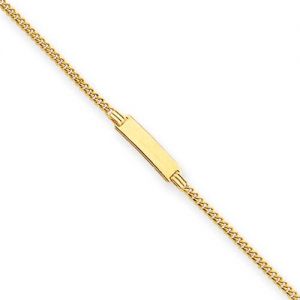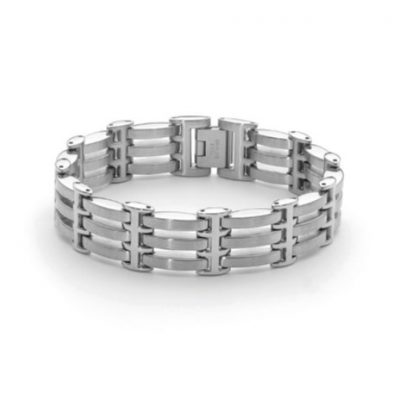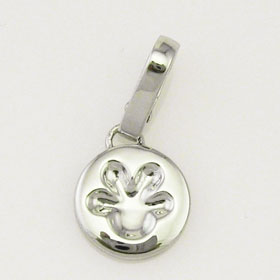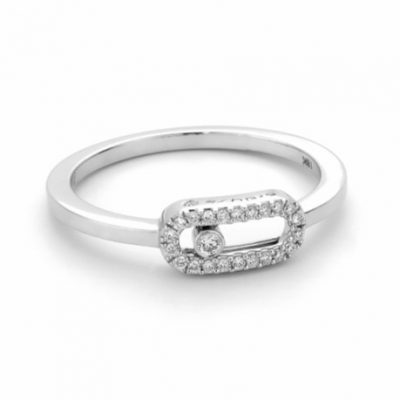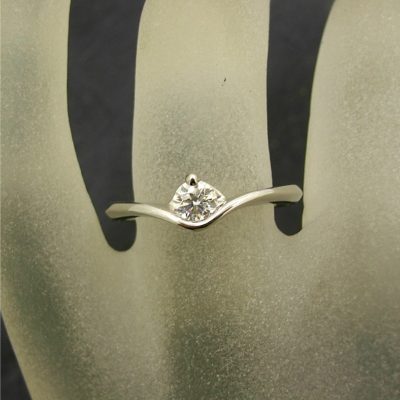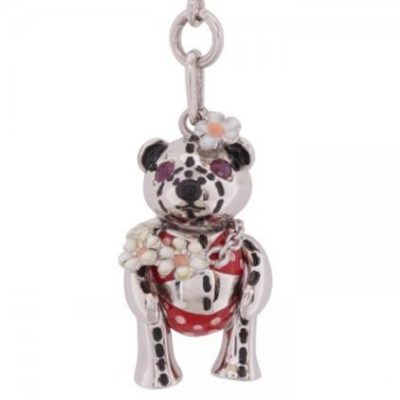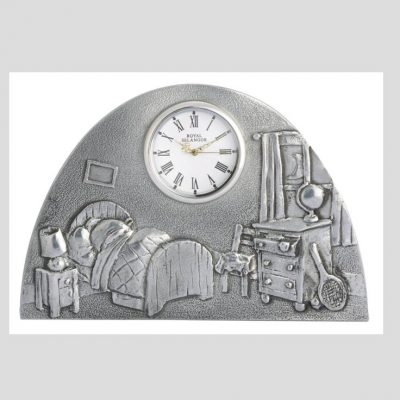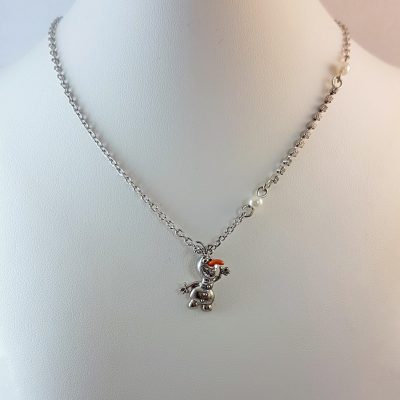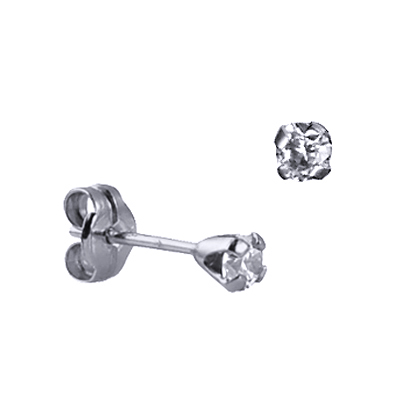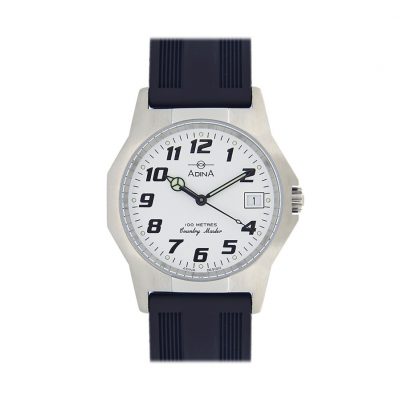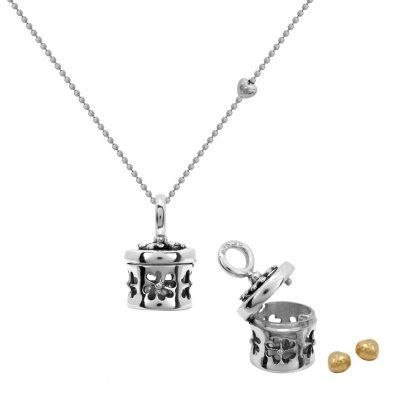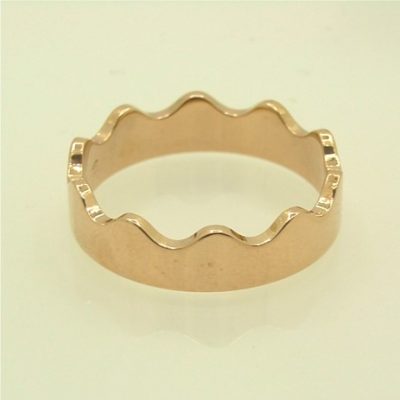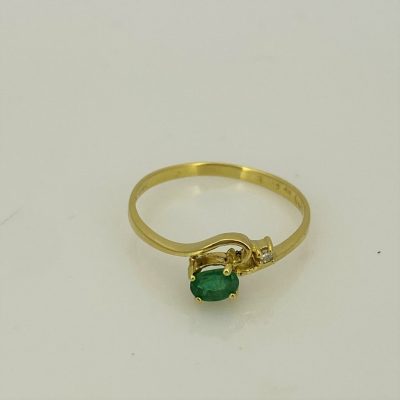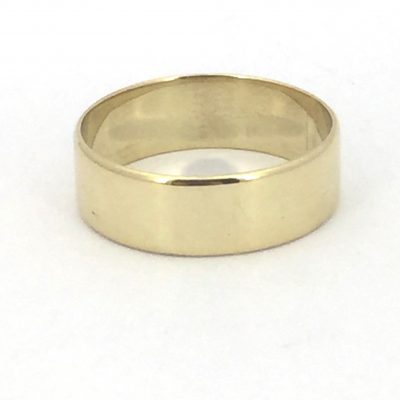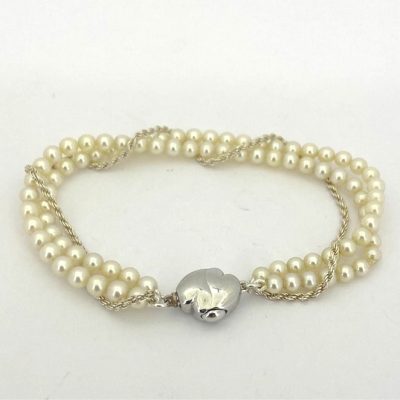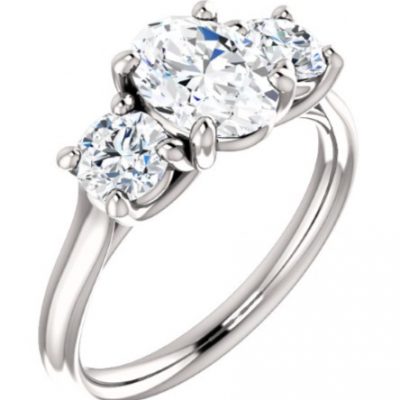Sterling Silver 925
For centuries Sterling Silver has been used as a form of embellishment and due to its malleability it was perfect for ornamental purposes. Like Gold, Silver has been used as a form of monetary exchange and was seen as a sacred metal in ancient times.
Silver’s popularity has not wavered, its bright, naturally white colour and flexibility to form many shapes has ensured its perennial attractiveness.
pure silver Ag is soft so is alloyed with 7.5% copper, this is to harden it, the copper is responsible for the tarnish
tarnish resistant Silvers 925
is alloyed with other white metals that do not tarnish
Properties
Silver is a chemical element with the chemical symbol Ag (Greek: άργυρος árguros, Latin: argentum, both from the Indo-European root *arg- for “grey” or “shining”) and atomic number 47. A soft, white, lustrous transition metal, it possesses the highest electrical conductivity of any element and the highest thermal conductivity of any metal. The metal occurs naturally in its pure, free form (native silver), as an alloy with gold and other metals, and in minerals such as argentite and chlorargyrite. Most silver is produced as a byproduct of copper, gold, lead, and zinc refining.
Silver has long been valued as a precious metal, used in currency coins, to make ornaments, jewelry, high-value tableware and utensils (hence the term silverware) and as an investment in the forms of coins and bullion. Silver metal is used industrially in electrical contacts and conductors, in mirrors and in catalysis of chemical reactions. Its compounds are used in photographic film and dilute silver nitrate solutions and other silver compounds are used as disinfectants and microbiocides (oligodynamic effect). While many medical antimicrobial uses of silver have been supplanted by antibiotics, further research into clinical potential continues.
in history & society
If Gold is the sun, then Silver is the moon. Mystical, cool, sacred. Since ancient times, Silver has been closely associated with lunar influences. Indeed, for some civilizations, Silver had more value than Gold and even possessed religious Significance.
To the Egyptians, gold represented perfection, so they gave it the symbol of a circle. Since Silver was the closest to gold in perfection, it was given the symbol of a semi-circle. Later this semi-circle led to a growing moon symbol.
Silver Mythology
The Egyptians believed Gold to be the skin of the Gods, so accordingly, their bones were thought to be of Silver. Silver was closely associated with the goddess Isis by the Egyptians and with all things flexible, creative, and emotionally intelligent.
The Romans called Silver argentum, keeping this as the international name of the element, from where its chemical symbol is derived. In Roman and Greek Mythology, the First Age was called Golden, the second Silver. Apollo, god of truth and light, teacher of medicine, carried a Silver bow. His twin sister Artemis lost a hand in battle and was later healed with a Silver replacement.
Islamic alchemy gives Silver an important place physically and conceptually. Silver was known as one of the seven sacred bodies. Alchemical procedures were even defined in terms of Silver, i.e. the Silvering of other metals; the act of giving other metals Silver-like qualities. Silver in European folklore has long been traditionally believed to be an antidote to various maladies and mythical monsters, largely due to its perceived purity and its connections to the Church. Just as with Gold, Silver was considered by the Ancients an almost sacred metal and consequently, of extremely restricted use. It was used for ornamental purposes, in personal and religious places for decoration, in utensils of the wealthiest houses and for paying debts. Mesopotamian merchants were trading in Silver as early as 700 BC.
Silver Through the Ages
From age to age, Silver has continued to be worked. The most influential Silver design work in the Middle Ages was commissioned by Royalty or the Church. The increasing wealth of the royal courts, of the aristocracy, and later, of the merchants, led to the establishment of secular workshops in the great cities and the foundation of confraternities, or guilds of Silversmiths, the first being that of Paris in 1202. At the end of the Middle Ages, the style of design was developing more distinctive national characteristics strongly influenced by architectural styles. The purity standards of Silver became rigorously controlled and ?hallmarking? was enforced; the marking of Silver in England, especially, was carefully observed.
Sterling?
The word ?Sterling? has denoted high-quality Silver ? today required to be 925 parts out of a thousand pure ? since the 13th Century when English-made coins contained only a little Silver. The only coins in Europe to contain large proportions of Silver were made by merchants out of Northern Germany, known collectively as the Hanseatic League. The League named their coins ?Easterlings? to distinguish them from the low-Silver alloy coins of England. Ultimately, this measure of quality became contracted from ?Easterling? to ?Sterling?.
Silver Today
Of course today, in comparison to other precious metals, Silver will always be the poor relation; the most affordable and easiest to find, yet many people will only wear Silver. Today, Silver jewellery?s value is much more about the personal style of the wearer as it is about the cost of the actual material.


